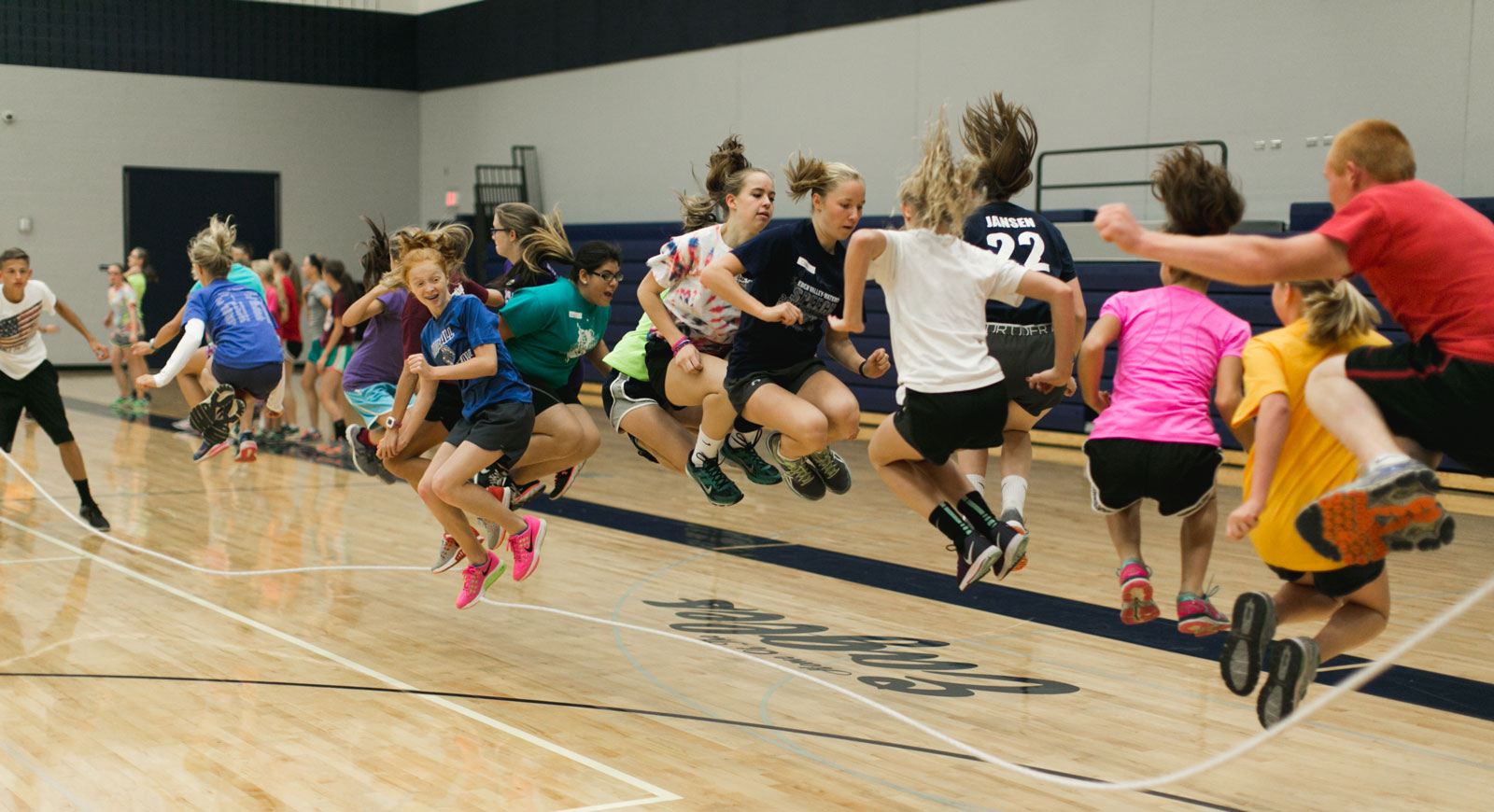Efforts are underway to move forward key strategies outlined in the Rural Kids Count Report released by MREA, including Enhanced Small Schools Revenue (ESSR) and AgSchool.
ESSR is a focus of Sen. Tom Bakk (DFL-Cook) who started on this project last summer and wants to make an impact on small schools funding. Sen. Bakk introduced SF 87 very early this session. He has since gained Senate Majority Leader Paul Gazelka as a co-author. Rep. Dean Urdahl introduced the companion file, HF 1024. Neither bill has been scheduled for a hearing to date.
In an effort to provide legislators desired data and outcomes on a series of funding initiatives this session, MREA produced the Rural Kids Count Report. This report includes a strategy to build a block grant of ongoing revenue to either all school districts (Basic Education Guarantee – BEG) or a more focused block grant to districts with fewer than 1,500 students (Enhance Small Schools Revenue – ESSR).
Both initiatives would roll the current Small Schools Formula into a program that would weight the first 750 students in a district by an additional $275 per pupil.
MREA has presented the Rural Kids Count Report to both the DFL and GOP rural caucuses along with many specific meetings with key legislators.
Impact & Support
ESSR would cost an additional $30 million annually while BEG would be a new $50 million annual expense. While these programs would compete with basic formula dollars, they benefit rural districts with the front-loading of the first 750 kids. Learn more about the impact.
Many rural GOP members want an operating revenue component that drives revenue that will flatten out the average formula revenue received by the urban core compared to a typical rural district.
In previous budget sessions, GOP majorities have attempted to “de-link” compensatory revenue from the basic formula as a method of ‘flattening the curve.’ Delinking is a controversial measure, one that MREA doesn’t support, and isn’t likely to become law anytime soon.
Legislative leaders are a long way from committing to either approach. They’re waiting for the February budget forecast update to signal exactly how much revenue they have to deal with so they can develop budget targets for the major spending bills. Governor Mark Dayton made a big splash with the $600 million he put on the table for E-12 programs including 2&2 on the formula.
More Approaches
Other initiatives in the Rural Kids Count Report include the Ag2School bond credit of 40-50 percent, depending on which version you’re looking at. Rep. Steve Drazkowski has a 50 percent credit in HF 603. Rep. Paul Marquart has a 40 percent credit in HF 171. Learn more about Ag2School.
Ag2School receives popular support from many corners of the legislature. Still, Rep. Drazkowski would like to find a way to move the school debt levy from Adjusted Net Tax Capacity (ANTC) to Referendum Market Value (RMV), which farmers call “house, garage and one-acre.”
MREA recommends getting Ag2School done this session and then in a future session looking at the viability of and equalization needed to move to RMV for the debt levy.
To improve Debt Service Equalization, Rep. Joe McDonald and Sen. Dave Senjem introduced HF 1381/SF 1206 that would greatly improve both DSE and operating referendum equalization. We’re hopeful that any tax cut package that emerges this session would help not just farm property, but commercial and residential property tax payers as well.
Another strategy included in the Rural Kids Report is the request to increase LOR authority for local boards. This has a very cool reception among GOP legislators who have been reluctant to embrace local board levy authority. While we see this as the simplest, more straightforward means to generating additional operating dollars, they see it as a direct route to more property taxes. Enhancing LOR authority this session is unlikely.





